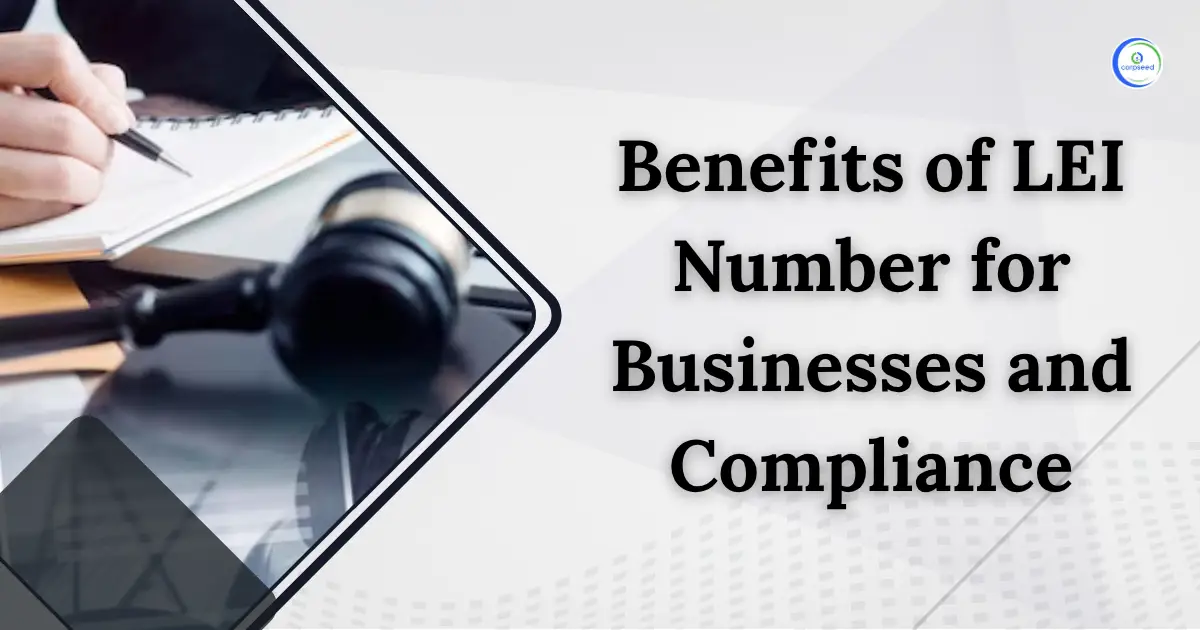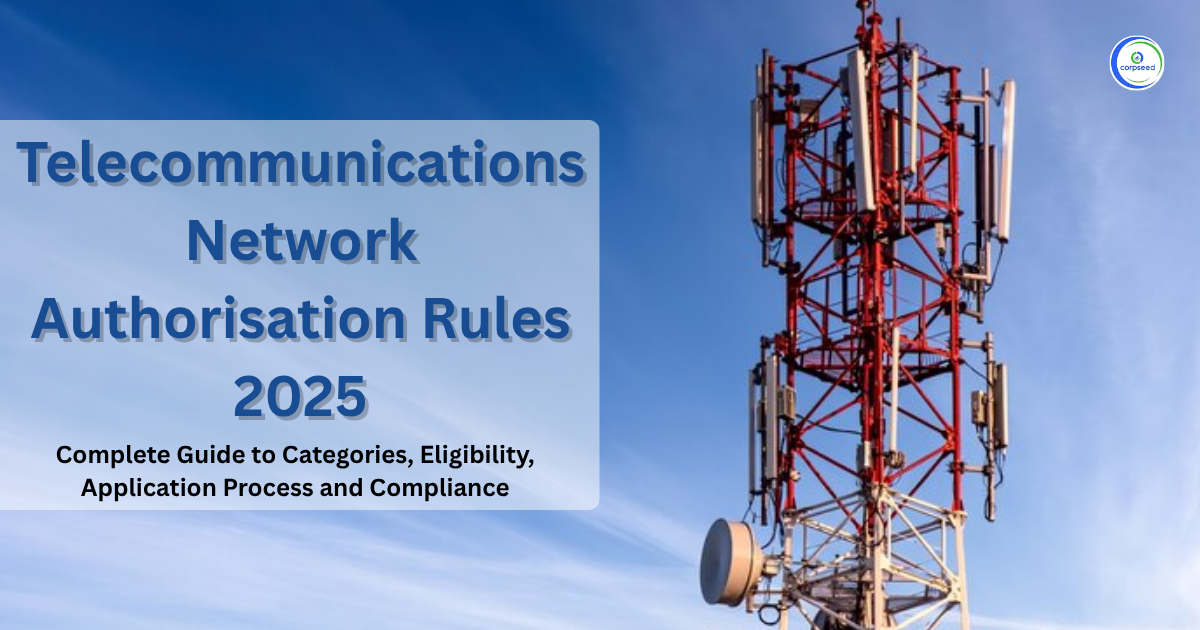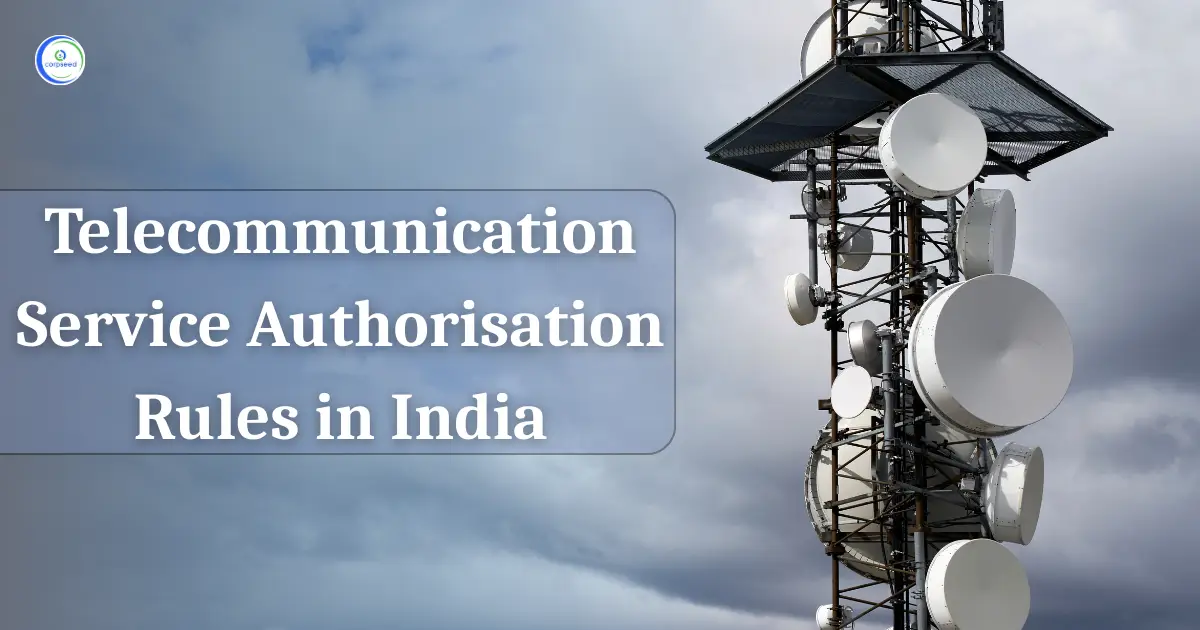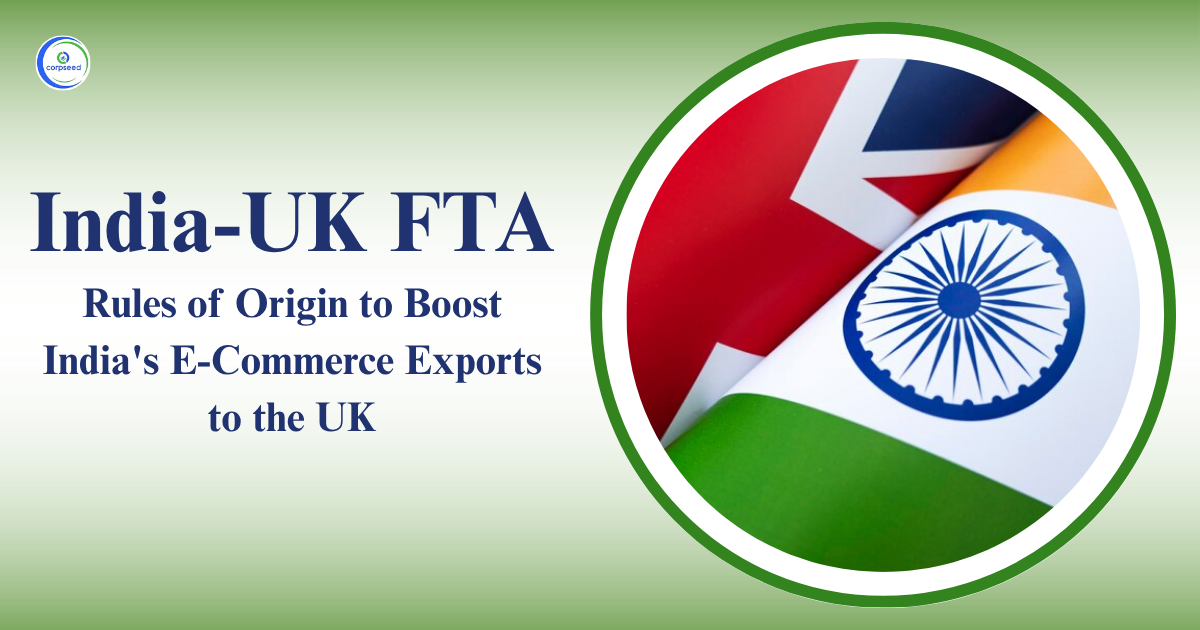E-commerce refers to the buying and selling of products and services via the Internet. Commerce has drastically changed the ways of shopping for the better. It allows consumers to explore more and make convenient and accessible purchases from anywhere in the world. The digital marketplace encompasses online retail and digital payments, among many other activities.
What is E-commerce?
E-commerce is the short terminology used for electronic commerce, implying the selling and buying of commodities and services based on the Internet. The practice is undergoing significant transformation in both businesses and shopping behaviour because it offers unparalleled convenience and accessibility. E-commerce transactions can be done on any website, mobile application, various social media platforms, and online marketplaces. The beginning of e-commerce can be traced back to the late 1990s with the rise of the major online retailers, including Amazon, and then gradually spread out into various other industries and services.
E-commerce offers the consumer accessibility to an array of diverse products at their fingertips, all in the safety of their homes, often amid price competitiveness. As technology keeps advancing, e-commerce has introduced advanced features, including personalized shopping experiences, mobile payment options, and secure data transfer technologies. As this transformation has facilitated e-commerce becoming the cornerstone of modern retailing, businesses could now reach across global markets as consumers could seamlessly shop. E-commerce, electronic commerce, buying and selling products and services via the Internet has changed retail for the better: convenience and access, businesses across the globe have been reached through it, while consumers enjoy easy shopping.
Table of Contents
Benefits of E-Commerce
E-commerce offers benefits to both consumers and businesses as well:
- Convenience: E-commerce allows consumers to shop at their convenience, through 24/7 availability of products and services, free of boundations within store hours or locations.
- A Larger Market: Businesses can reach out to the market across the globe, hence reaching out to different customers and boosting sales with no regional bounds.
- Cost efficiency: Operations in an online platform tend to incur fewer overheads as compared to physical retail. This allows the businesses to save on expenses such as rent and utilities thus being relatively cheaper.
- Personalized Experience: By using data analytics, E-commerce sites build individualized shopping experiences tailored to specific recommendations and promotions based on individual preferences and behaviours.
- Customer Insights: E-commerce offers business insights into the customer's buying behaviour and pattern, thus improving marketing strategies for better customer engagement in total.
Read Our Blog: How to Setup and Register an Ecommerce Business in India?
Types of E-Commerce
E-commerce falls under many different types due to the transaction type and involved parties. In most cases, business entities realize understanding the classifications allows for adjusting specific market-specific strategies.
The main Types of e-commerce are divided into Six-
1. Business-to-Consumer (B2C)
B2C is the transaction of businesses to end consumers. This is the most common form of e-commerce this category includes online retailers, who sell their products directly to the customers either through their website or other websites. This would include online Amazon, Walmart, and many small online shops. B2C e-commerce offers one the chance to browse through several items, read what the customers think of the item, buy it, and then have it delivered right to your doorstep.
2. Business-to-Business (B2B)
Business to business e-commerce is business to business trade involving businesses selling products or services to other businesses rather than people. B2B typically gives bulk orders and long-term contracts. Examples are wholesalers selling their goods to retailers, and manufacturers buying raw materials from suppliers. B2B e-commerce sites facilitate the procurement process making it easier for companies to maintain stock and supply chain.
3. Consumer-to-Consumer (C2C)
Consumer-to-Consumer (C2C) e-commerce is a business model that allows consumers to sell products or services directly to other consumers. It is supported by online marketplaces that connect sellers with potential buyers. Some of the most popular C2C e-commerce platforms include eBay, Craigslist, and Facebook Marketplace. In this model, individuals can make money from unused items or offer services while giving buyers unique products at competitive prices.
4. Consumer-to-Business (C2B)
Consumer-to-Business (C2B) e-commerce is less traditional people sell things to businesses. It can involve freelancing work, influencer marketing, or offering one's expertise to firms. For example, a graphic designer might sell the design services of a company wanting branding solutions. Platforms like up work or Fiverr create a platform to allow these exchanges to happen since they connect freelancers with companies who want specific skill sets.
5. Business-to-Government (B2G)
Business-to-Government e-commerce entails transactions between businesses and government institutions. Some examples of B2G transactions include making supplies offering services for government contracts or participating in public procurements. Due to its complexity, B2G transactions often involve complying with predefined rules or standards by the government authority.
6. Government to Business (G2B)
G2B e-commerce refers to government-to-business transactions where government institutions provide information or services to businesses. These could be licensing applications, tax filings, or online access to regulatory compliance resources. G2B platforms reduce the complexity of communication between governments and businesses by increasing transparency and efficiency in the delivery of public services.
Read Our Blog: Legal Permissions Required to Start Ecommerce Business License in India
Conclusion
E-commerce has greatly changed the retail and business landscape by allowing consumers and companies to innovate about transactions over the Internet. From B2C models directed towards catering to direct consumer needs to B2B relationships that minimize supply chain disruption, every model of e-commerce currently plays a particular role in the new world of the digital economy.
With the constant advancement of technology, the evolution of e-commerce is sure to present new trends that will be beneficial to both businesses and consumers. Various types of e-commerce are critical in understanding how all stakeholders should navigate this dynamic world without losing their growth potential in a more interconnected world.
In summary, whether through traditional online shopping experiences or newer models like social commerce and mobile commerce, there lies a critical element to modern commerce that develops how we buy and sell goods today through e-commerce.
This portion of the site is for informational purposes only. The content is not legal advice. The statements and opinions are the expression of author, not corpseed, and have not been evaluated by corpseed for accuracy, completeness, or changes in the law.
BOOK A FREE CONSULTATION
Get help from an experienced legal adviser. Schedule your consultation at a time that works for you and it's absolutely FREE.








